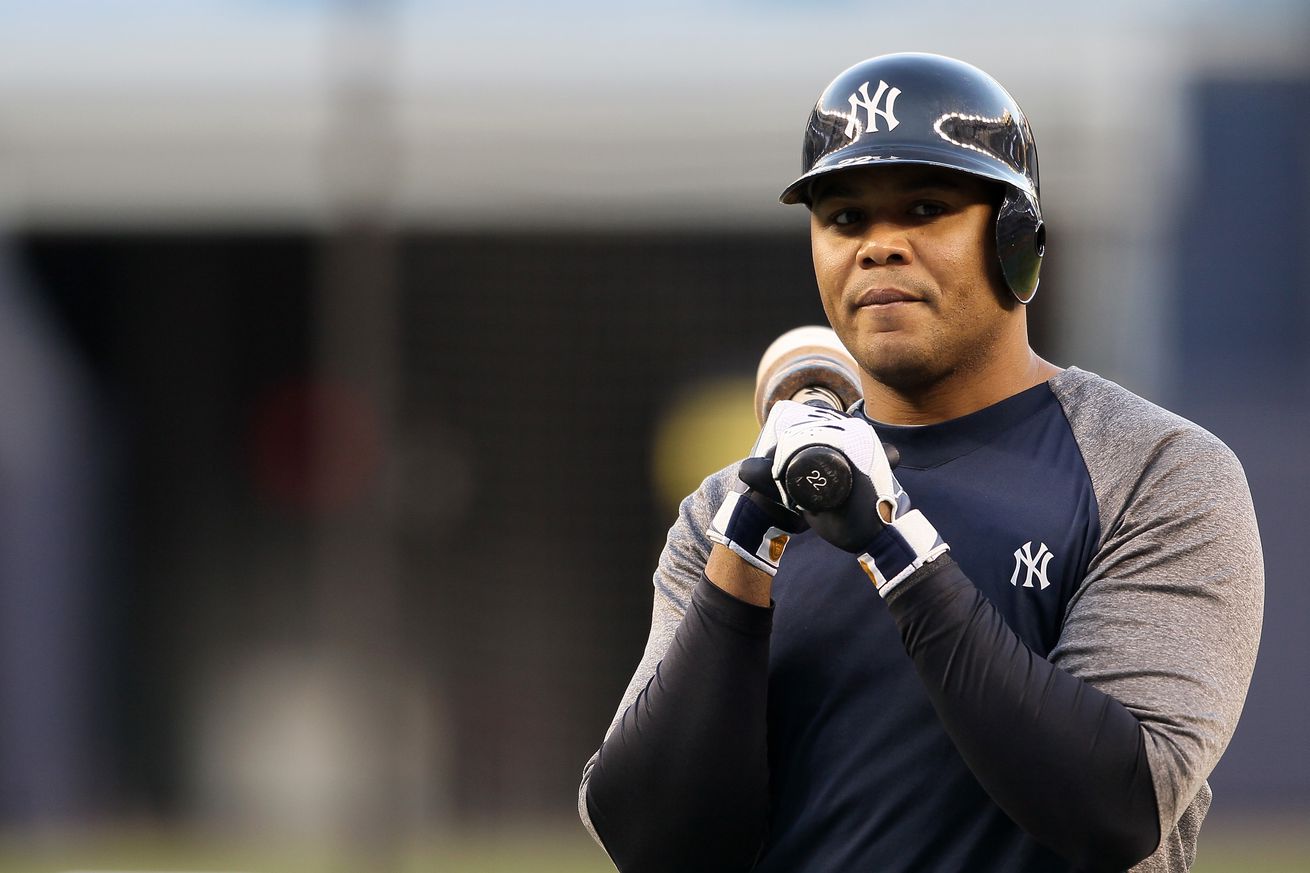
Braves Franchise History
1871 – The first franchise in the yet-to-be formed National Association of Professional Baseball Players is born. The Boston Red Stockings, the league’s charter franchise, will be managed by Harry Wright, who founded and managed the Cincinnati Red Stockings, the first professional baseball team. Two months later, the National Association will officially open for business, as the ancestors of the future National League’s Braves franchise are born.
2011 – The Yankees sign outfielder Andruw Jones to a one-year contract. Jones would spend the final two seasons of his major league career in pinstripes. He hit .247/.356/.495 with 13 home runs in 2011 and .197/.294/.408 with 14 homers in 94 games in 2012.
MLB History
1966 – Ted Williams is elected to the Hall of Fame by the BBWAA receiving 282 of a possible 302 votes.
1970 – The BBWAA elects shortstop Lou Boudreau to the Hall of Fame. Boudreau received 232 of a possible 300 votes.
1984 – The Montreal Expos sign 42-year-old free agent Pete Rose. The veteran first baseman batted only .245 in 1983, the last of his five seasons with the Philadelphia Phillies. Rose will play only 95 games for the Expos before being traded to the Cincinnati Reds, where he will become player-manager.
1998 – Veteran reliever Lee Smith and third baseman Terry Pendleton sign minor league contracts with the Kansas City Royals, who invite them to spring training as non-roster players.
2000 – Major League Owners vote to give all their internet rights to the Commissioner’s office paving the way for the creation of MLB.com. Bud Selig will parcel out money earned from the venture in equal amounts to all of the teams.
2022- Major League Baseball puts the final nail in the coffin of the innovative plan put together by Stephen Bronfman to have the Tampa Bay Rays split their season between St. Petersburg, FL and Montreal, QC, by stating such a move would never receive approval. While MLB does not give a reason, the league prefers a permanent solution to the chronic ballpark problems in Tampa, while the Players Association was always unlikely to approve a plan that forces some of its members to maintain two separate in-season homes.
Information for this article was found via Baseball Reference, NationalPastime.com and Today in Baseball History.
